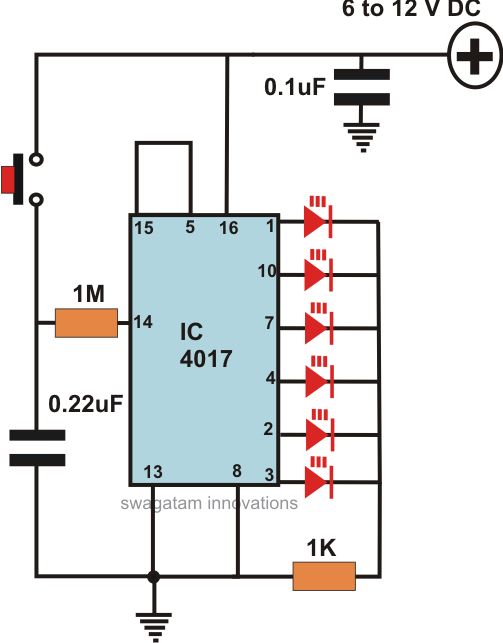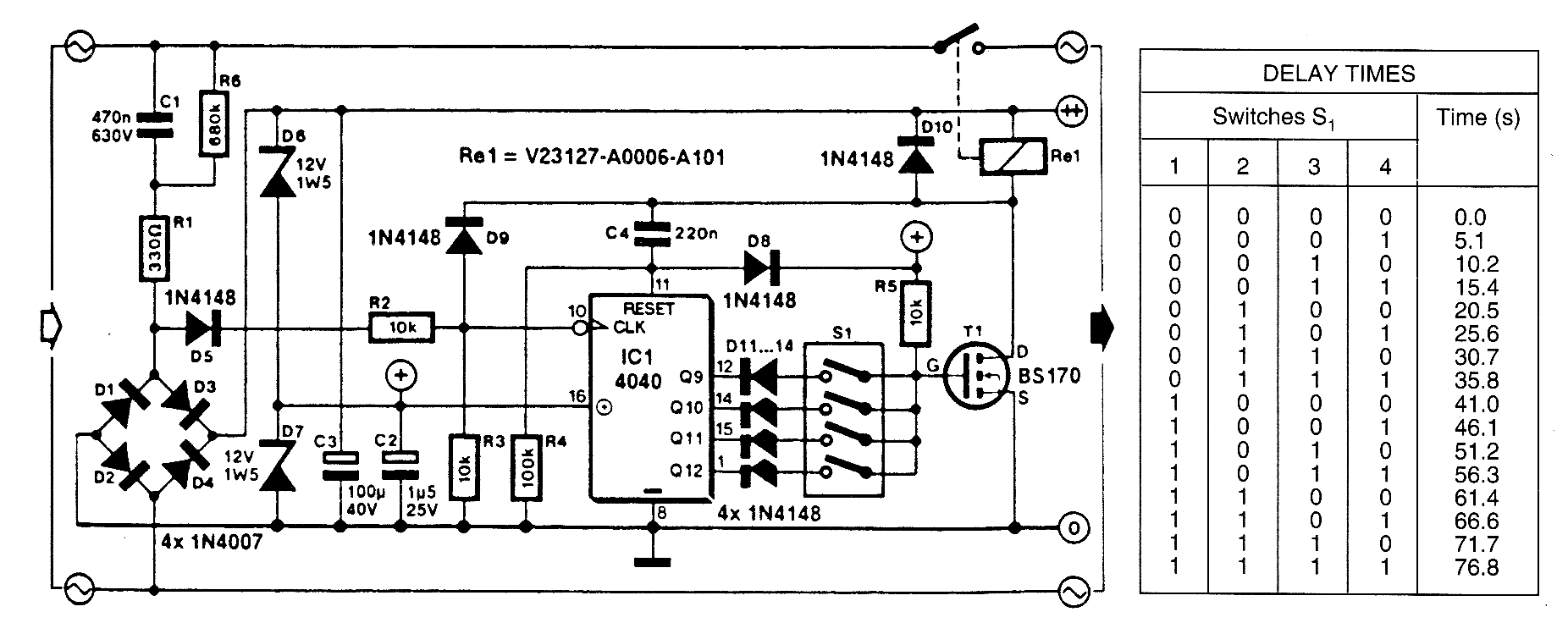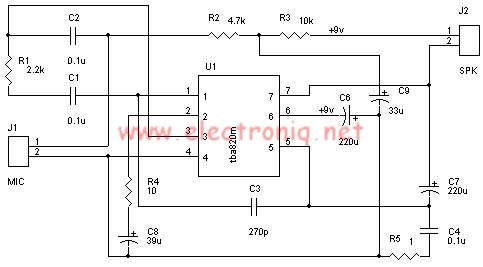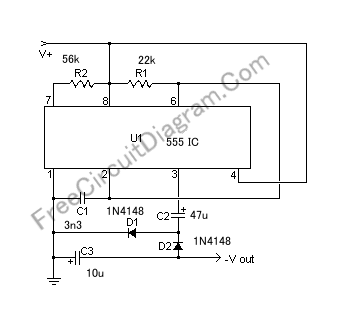
Simple FM Modulator Design
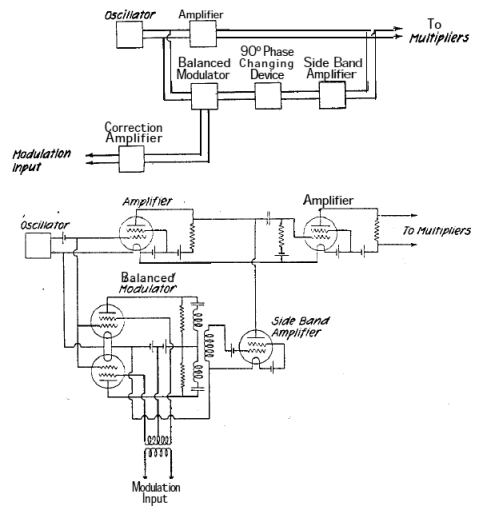
A system is being developed to transmit in the FM band. The oscillators have already been constructed to facilitate transmission across multiple frequencies.
The design of an FM transmission system involves several key components, including oscillators, modulators, amplifiers, and antennas. The oscillators, which have already been constructed, are crucial as they generate the carrier signals at specific frequencies within the FM band, typically ranging from 88 MHz to 108 MHz.
To achieve multi-frequency transmission, a frequency synthesizer may be employed, allowing for precise tuning and stability across the desired frequency range. This can be accomplished using phase-locked loops (PLLs) or direct digital synthesis (DDS) techniques, which provide flexibility in frequency selection and modulation.
The modulation stage is essential for encoding the audio or data signal onto the carrier wave. This is typically achieved using a voltage-controlled oscillator (VCO) that varies its frequency based on the amplitude of the input audio signal, effectively creating frequency modulation. The modulated signal is then amplified using RF amplifiers to ensure adequate power for transmission.
The final stage involves the antenna, which must be designed to efficiently radiate the modulated signal into the surrounding environment. The choice of antenna type (e.g., dipole, monopole, or loop) will depend on the desired range and coverage area of the transmission.
Careful consideration must also be given to compliance with regulatory standards governing FM transmissions to avoid interference with other services and ensure proper licensing. Power levels, frequency stability, and bandwidth must all adhere to the relevant guidelines to maintain operational integrity and legality.
Overall, the successful implementation of an FM transmission system requires meticulous design and integration of these components to achieve reliable and high-quality signal transmission.Hello, I want to build a system that can transmit in the FM band. I have already built my oscillators because I want to transmit at more than one.. 🔗 External reference
The design of an FM transmission system involves several key components, including oscillators, modulators, amplifiers, and antennas. The oscillators, which have already been constructed, are crucial as they generate the carrier signals at specific frequencies within the FM band, typically ranging from 88 MHz to 108 MHz.
To achieve multi-frequency transmission, a frequency synthesizer may be employed, allowing for precise tuning and stability across the desired frequency range. This can be accomplished using phase-locked loops (PLLs) or direct digital synthesis (DDS) techniques, which provide flexibility in frequency selection and modulation.
The modulation stage is essential for encoding the audio or data signal onto the carrier wave. This is typically achieved using a voltage-controlled oscillator (VCO) that varies its frequency based on the amplitude of the input audio signal, effectively creating frequency modulation. The modulated signal is then amplified using RF amplifiers to ensure adequate power for transmission.
The final stage involves the antenna, which must be designed to efficiently radiate the modulated signal into the surrounding environment. The choice of antenna type (e.g., dipole, monopole, or loop) will depend on the desired range and coverage area of the transmission.
Careful consideration must also be given to compliance with regulatory standards governing FM transmissions to avoid interference with other services and ensure proper licensing. Power levels, frequency stability, and bandwidth must all adhere to the relevant guidelines to maintain operational integrity and legality.
Overall, the successful implementation of an FM transmission system requires meticulous design and integration of these components to achieve reliable and high-quality signal transmission.Hello, I want to build a system that can transmit in the FM band. I have already built my oscillators because I want to transmit at more than one.. 🔗 External reference

